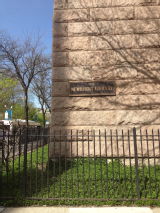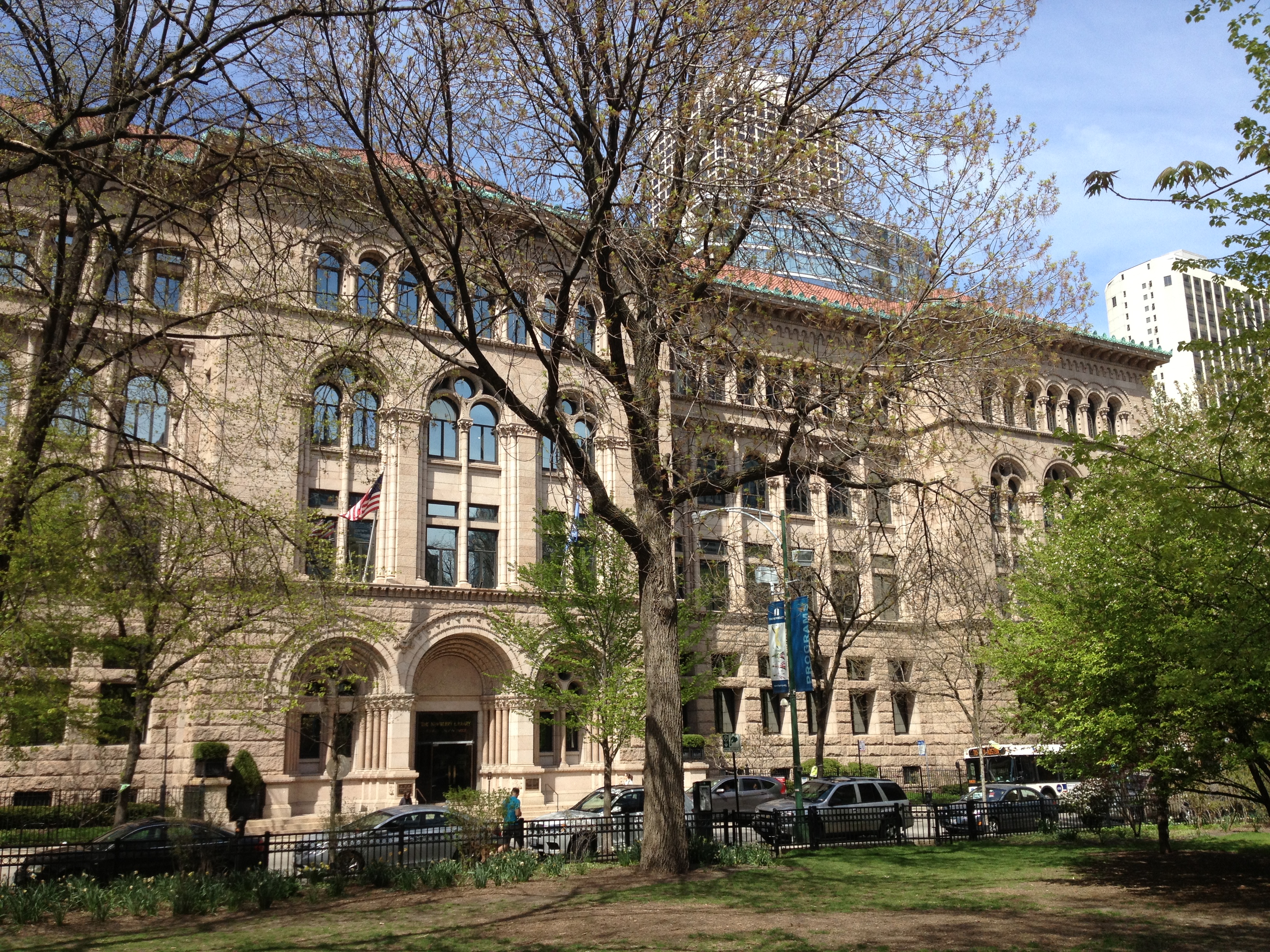Giacomo Comiati
I did both my Bachelor and Master at Padua University (Italy), where I graduated in Italian Modern Philology in July 2012. During my University years I also attended the Scuola Galileiana di Studi Superiori (the School of Excellence of Padua University). I am currenntly a PhD student at the University of Warwick.
My research interests concern the Sixteenth-century literature (in particular the Petrarchan poetry) and the influence of the Latin Classics in the Renaissance. I studied specifically the influence the Latin poet Horace had both on the Latin poems of the fifteenth-century Florentine philosopher Cristoforo Landino and on the sixteenth-century Venetian poet Celio Magno, whose book of rhymes was the centre of my BA and MA thesis. Bridging my interests, I decided to devote my PhD thesis to the influence of Horace on the Vernacular and Neo Latin poetry of the Sixteenth-century Italy.
Even though the Horatian Era is usually identified with the eighteenth century, it is in the sixteenth century that Horace achieved his greatest fortune in vernacular literature, both through the assimilation of his theories within the far-reaching debate on literary writing and the poetical translation of his works. Some critics focused on Horace’s influence on Italian Renaissance literature highlighting a complex relationship between the Latin author and the poetic production of the late-fifteenth and sixteenth centuries. Yet this aspect has not been the object of a thoroughgoing study of themes and forms. Such an investigation is all the more needed since it would cover not only the neglected but highly important topic, the diffusion of Horatian modes in Italian literature, but also one of the most important cornerstones of the complementary development of disciplines like classics, Italian studies and philosophy: Horace offers a useful and almost unique way of studying crossovers between Latin and Vernacular, as well as between literature and philosophy (one need only think of the mutual overlapping of Horace with Aristotle within Renaissance debates on poetics). Horace’s influence deserves a detailed study because it reflects some important aspects of Renaissance poetical theory and practice. The Latin poet was a source of inspiration for the authors who consciously adopted a poetical strategy meant to define new literary genres as well as renew the Petrarchan code in order to give a vital impulse to their production.
My research will take the form of a wide-ranging critical study of Horace’s influence on late-fifteenth and sixteenth-century Italian Literature. This systematic study will be structured in different sections devoted to several Italian writers who had been influenced by Horace (as the author of the Odes, above all) in their poetical production. A final section will examine closely further aspect, that is, the way Italian poets looked at Horace when devising the very architectural composition of their anthologies of lyrical poems.
In order to be able to consult some fundamental material for developing my thesis, I was generously offered a stipend from the Andrew W. Mellon Foundation to cover the costs associated with a research visit to the Newberry Library in Chicago in May of this year (2013). The Newberry Library is one of the most important libraries in the Northern America and has one of the biggest collections of Renaissance material of the United States.
Before going there I started to study several Italian authors on whom some critics had focused their attention, attesting they had been influenced in various ways by Horace. The week research visit which I undertook chiefly consisted of consulting materials relating to these authors, whose works had been printed only in the sixteenth century (and I would not have been able to locate these printed resources on ordinary electronic catalogues). Some of the works I consulted are: Rime del Trissino (1529), Rime amorose di Georgio Bizantio (1532), Rime di Alvise Prioli (1533), Rime di Giovanni Brevio (1545), Rime di Lodovico Domenichi (1545), Rime di Alessandro Lionardi (1547), Rime di Remigio Fiorentino Nannini (1547), Antologia di Rime Spirituali (1550), Rime di Girolamo Muzio (1551), Rime di Antonio Minturno (1559), Rime di Bernardo Cappello (1560), Rime di Bernardo Tasso (1560), Rime di Giacomo Zane (1562), Rime di Girolamo Molino (1573), Rime di Francesco Beccuti detto il Coppetta (1580). I read many parts of these poems and I analysed the thematic and lexical influence Horace had on these works. Using the resources available at the Newberry I was able to consult all these rare editions and collect a lot of material, which will be the basis for many chapters of my future thesis.
During the visit, I was also able to study other Renaissance material, linked to a second interest of mine. As the subject of my thesis proves, I always had a strong interest in the influence the Latinity had on the Italian Renaissance. Beyond the study of the influence Horace, as poet and thinker, had on the poets of the Sixteenth-century Italy, I am interested also in other form of influence. In particular, I would like to investigate the practise of the Renaissance vulgarisation. At the Newberry I consulted and read some very rare sixteenth-century editions: the translation in octaves (made by Giovan Domenico Bevilacqua in 1586) of the Latin poem De raptu Proserpinae by Claudianus; and the vulgarisation of the Vergilian Georgica made by Anton Mario Negrisolo (1543).
During my trip I was also able to develop good links and get in touch with many scholars and researchers working on similar projects, who made some valuable recommendations. I am really pleased to have made such vital contacts and this excellent experience at the Newberry.
External lik: http://www2.warwick.ac.uk/fac/arts/italian/staff/comiati/

The Newberry Library (side view)

The Newberry Library (front view)
